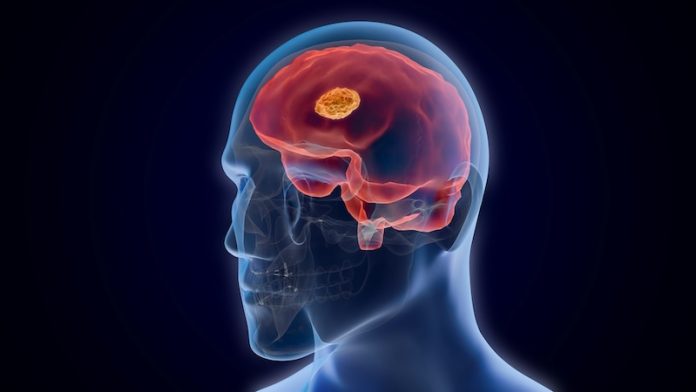
Scientists at the USC Leonard Davis School of Gerontology have found a key link between high levels of iron in the brain and increased cell damage in people who have both Down syndrome and Alzheimer’s disease. This discovery may help explain why people with Down syndrome often show signs of Alzheimer’s earlier and more severely than others.
Down syndrome happens when a person is born with an extra copy of chromosome 21. This extra chromosome includes the gene for a protein called APP (amyloid precursor protein), which is linked to the buildup of sticky plaques in the brain—a hallmark of Alzheimer’s disease.
Because of this, people with Down syndrome tend to produce more APP and are at higher risk of developing Alzheimer’s at a younger age. By the time they reach age 60, about half of people with Down syndrome show clear signs of Alzheimer’s, which is roughly 20 years earlier than usual.
In the study, researchers examined donated brain tissue from people who had Alzheimer’s disease, Down syndrome with Alzheimer’s (DSAD), and no diagnosis at all. They focused on the prefrontal cortex—a brain region important for memory, planning, and decision-making.
They found that brains from people with both Down syndrome and Alzheimer’s had twice as much iron as those from people with Alzheimer’s alone. They believe this extra iron may come from small leaks in the brain’s blood vessels—called microbleeds—which are more common in people with DSAD.
This iron buildup is harmful because it triggers oxidative stress, a process that damages cells by producing toxic molecules. The cell membranes in the DSAD brains showed more of this damage, known as lipid peroxidation, especially in parts of the membrane called lipid rafts.
These lipid rafts help brain cells send signals and play a role in how APP is processed. The study also showed that DSAD brains had lower levels of important antioxidant enzymes, making it harder for cells to fight off damage.
The pattern of damage matched a special kind of cell death called ferroptosis, which happens when iron causes lipids (fats) in cell membranes to break down. “Iron builds up, causes oxidation, and overwhelms the brain’s ability to protect itself,” said lead author Max Thorwald.
Importantly, the researchers found that these lipid rafts in DSAD brains were not only more damaged but also had increased activity of an enzyme called β-secretase, which helps produce the sticky amyloid-beta proteins linked to Alzheimer’s.
This means the iron buildup may be speeding up Alzheimer’s by both damaging cells and promoting the formation of more harmful plaques.
To dig deeper, the team also looked at rare cases of “mosaic” or “partial” Down syndrome, where the extra chromosome is only present in some cells. These individuals had lower levels of APP and iron in the brain and lived longer with fewer signs of Alzheimer’s.
In contrast, people with full trisomy 21 had higher iron, more brain damage, and shorter lifespans. This comparison strengthens the idea that both APP and iron levels play a role in how quickly Alzheimer’s develops in people with Down syndrome.
The study could help researchers find better ways to treat or slow down Alzheimer’s, especially for people with Down syndrome who are at greater risk.
Thorwald noted that early studies in mice suggest that iron-chelating treatments—medications that remove iron from the body—may help reduce the harmful effects linked to Alzheimer’s. Strengthening the brain’s antioxidant systems could also offer protection.
“This research shows us that it’s not just the plaques we should worry about, but also the iron and damage building up around them,” Thorwald said. “Targeting these other factors may give us new ways to help people with Down syndrome live longer, healthier lives as they age.”
The findings highlight how the brain’s chemistry and genetics can interact in complex ways to influence disease—and how better understanding these factors could lead to more effective treatments in the future.
If you care about Alzheimer’s disease, please read studies about vitamin D deficiency linked to Alzheimer’s and dementia, and strawberries can be good defence against Alzheimer’s.
For more health information, please see recent studies about foods that reduce Alzheimer’s risk, and oral cannabis extract may help reduce Alzheimer’s symptoms.
The research findings can be found in Alzheimer’s & Dementia.
Copyright © 2025 Knowridge Science Report. All rights reserved.



